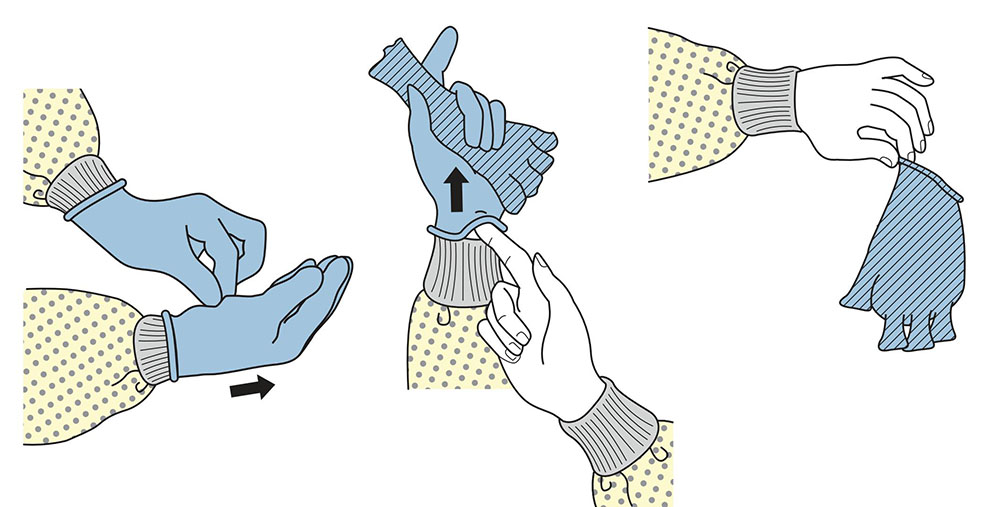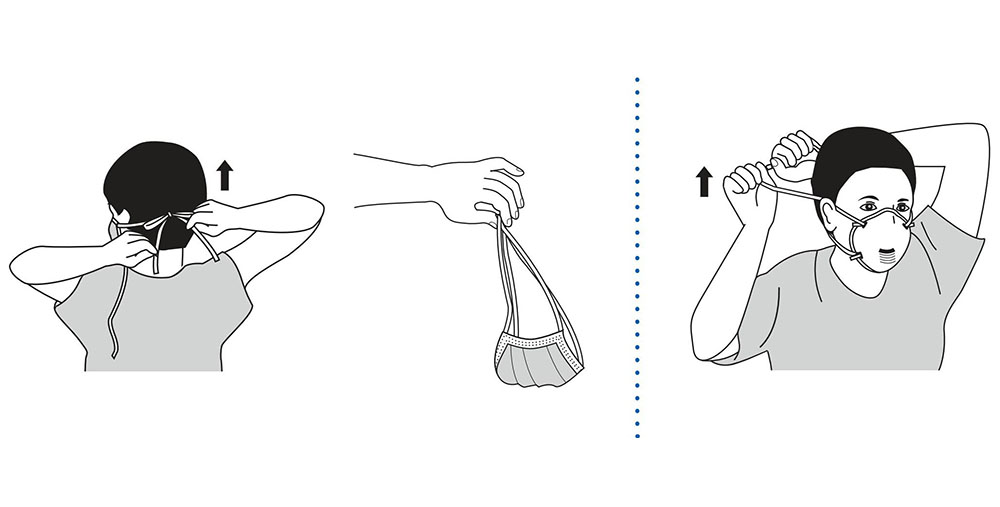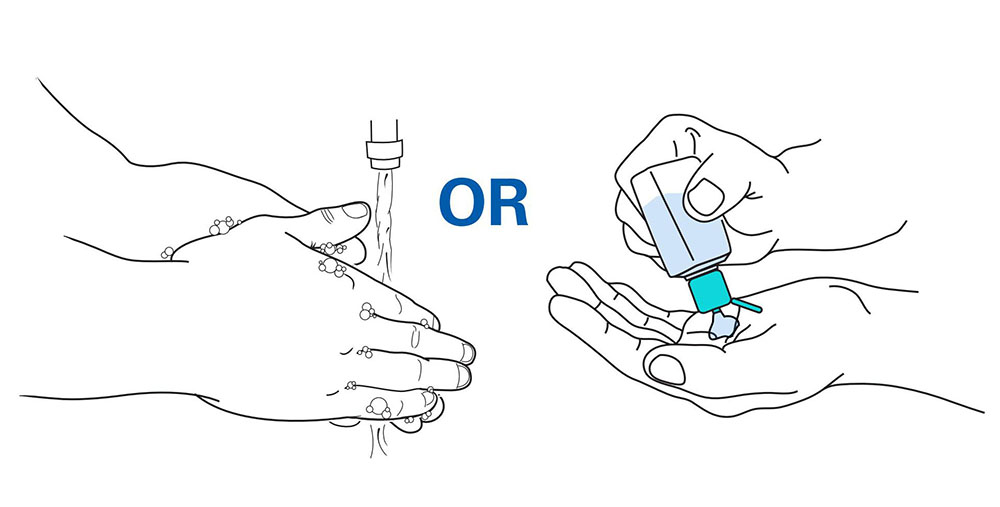What Is The Correct Doffing PPE Order?
Why Doffing PPE Correctly Is Essential?
Key reasons why correct doffing is critical include:
-
Avoiding self-contamination: PPE surfaces, especially gloves and gowns, are often contaminated. Removing them incorrectly can transfer pathogens or chemicals to the wearer’s hands or body.
-
Preventing cross-contamination: Proper doffing prevents pathogens from spreading to clean areas, other people, or the environment, which is vital in healthcare and hazardous material settings.
-
Maintaining barrier protection: PPE is designed to create a barrier from biological and chemical hazards. If doffing is done improperly, this barrier is broken prematurely, negating the protective effect.
-
Reducing healthcare worker infection: Studies have shown that errors in PPE removal are linked to contamination of healthcare workers, which can contribute to transmission of infections in clinical settings.
-
Following established protocols: Using recommended sequences and techniques (e.g., removing gloves first, then gowns, then masks last) and having trained observers can significantly reduce contamination risks.
-
Ensuring safety in hazardous environments: For workers dealing with chemical or biological hazards, careful doffing prevents exposure to dangerous substances and protects both the worker and the workplace.
In summary, correct doffing of PPE is a critical step in infection control and occupational safety, designed to protect the wearer and others by minimizing contamination risks during PPE removal. Training and adherence to proper procedures are necessary to achieve this protection.
Correct Doffing PPE Order and Steps
Morntrip provides easy-to-understand instructions for safely removing PPE, along with a free PDF guide you can download. The guide follows CDC and WHO recommendations and is helpful for healthcare workers, lab technicians, and industrial staff. Learning to take off PPE the right way helps prevent exposure to harmful substances and keeps everyone safe at work.
01
Gloves
Gloves are often the dirtiest part of PPE. Use the glove-to-glove technique: pinch one glove’s inside edge, pull it off, and hold it. Then slide fingers under the second glove and peel it off, wrapping it around the first. Drop both gloves into a biohazard bin to avoid contamination.
02
Goggles or Face Shield
The front of goggles or face shields may carry germs. Grab the straps or sides, not the front, and lift them off your face carefully. Place them in a bin for cleaning or disposal, following your workplace’s rules.
03
Gown
Gowns can trap contaminants. Untie or unsnap the gown, then pull it away from your body, rolling it inward to contain germs. Dispose of the gown in a biohazard container to keep the area clean and safe.
04
Mask or Respirator
The front of a mask or respirator may be contaminated. Touch only the straps or ear loops to remove it, avoiding the front. Throw single-use masks in a biohazard bin or store reusable respirators properly.
05
Hand Hygiene
Germs can linger on your hands after doffing PPE. Wash your hands with soap and water for at least 20 seconds or use hand sanitizer with 60% alcohol to stay safe.
If your hands get contaminated, do hand hygiene between each step and after doffing all PPE.
Top Tips for Safe and Effective Doffing PPE
To maximize safety and compliance with PPE safety protocols, follow these best practices:
Use a Safe Area
Have a Helper
Dispose Properly
Follow Workplace Rules
Regular Training
Frequently Asked Questions About Doffing PPE
Properly doffing (removing) personal protective equipment (PPE) is a critical step in preventing cross-contamination and ensuring the safety of healthcare workers and other professionals. To support safe and effective PPE removal, we’ve compiled a list of frequently asked questions. This FAQ section addresses common concerns, clarifies best practices, and helps reinforce correct doffing procedures.
Why should gloves be removed before gowns during doffing PPE?
Can I reuse PPE after doffing it safely?
What if I make a mistake while doffing PPE?
How often should I train on doffing PPE safely?
Why do I need a clean area for PPE doffing?
Why is a biohazard bin needed when doffing PPE?
Biohazard bins safely contain contaminated PPE, preventing germs from spreading. Proper disposal during doffing PPE protects the environment and others from hazardous materials.
Why is hand hygiene critical after doffing PPE?
Hand hygiene is important after doffing PPE because it removes germs that may get on your hands. Wash with soap for 20 seconds or use sanitizer with 60% alcohol to help prevent infection and stay safe.
Can I touch the front of my mask while doffing PPE?
Why is rolling the gown inward important when doffing PPE?
What happens if I don’t follow the order for doffing PPE?
Should I doff PPE alone or with a partner?
Doffing PPE with a trained partner is safer and better. They can watch for mistakes, remind you of the steps, and help prevent infection. In high-risk settings, doing this with a partner every shift helps keep everyone safe.
Why should I avoid rushing when doffing PPE?
Contact Us





